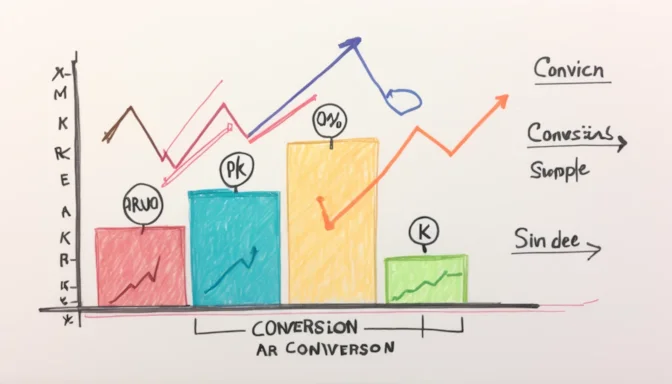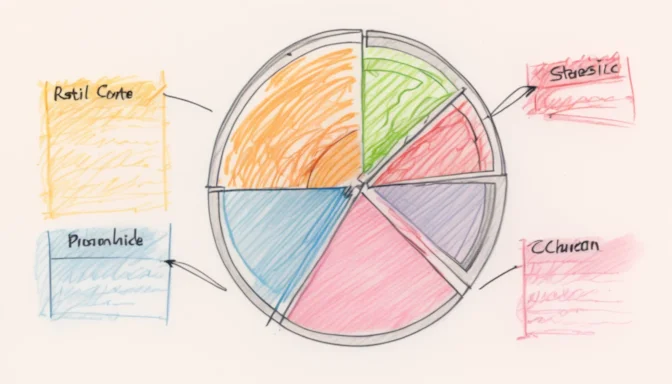Understanding E-commerce Conversion Tracking
E-commerce Conversion Tracking allows for the analysis of shopping behaviors on your site through tools like Google Analytics. This includes tracking transaction data, revenue, and products sold, offering crucial insights into your sales performance.
Setting Up GA4 for E-commerce Conversion Tracking
Google Analytics 4 (GA4) offers specific functionalities for tracking e-commerce activities. To activate these features, go to Tag Configuration, select the GA4 Event tag, and customize your event names and parameters.
Best Practices for Tracking Conversions
Add conversion actions to each of your campaigns and categorize them as lead, signup, or purchase. This categorization aids in tracking groups of conversions, providing valuable insights into campaign performance.
Conversion Rate as a Key E-commerce Metric

The conversion rate serves as a critical KPI in e-commerce. Calculate this metric by dividing the number of successful purchases by the total number of site visitors, and then multiply by 100. This helps assess the effectiveness of your site in converting traffic to sales.
The Importance of GA4 in E-commerce

Google Analytics 4 offers a holistic view of customer interactions across different devices and platforms. This multi-dimensional data is crucial for devising more targeted and efficient marketing strategies.
Understanding Retail Conversion Rates

In retail, the conversion rate is calculated by dividing the total sales by the visitor count for a given period and then multiplying by 100. For example, if 600 people visit your store and 60 make a purchase, the retail conversion rate would be 10%.
 E-Commerceo
E-Commerceo